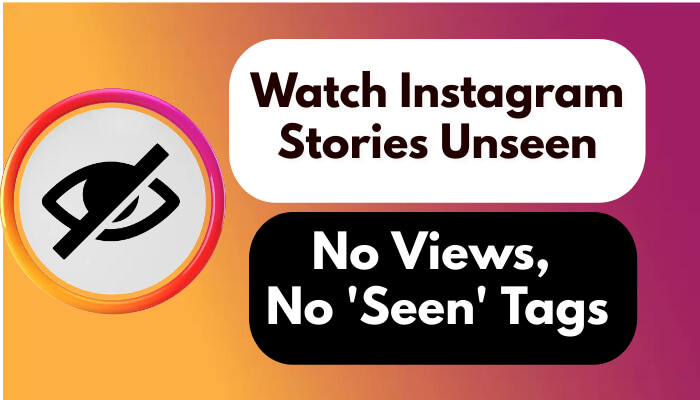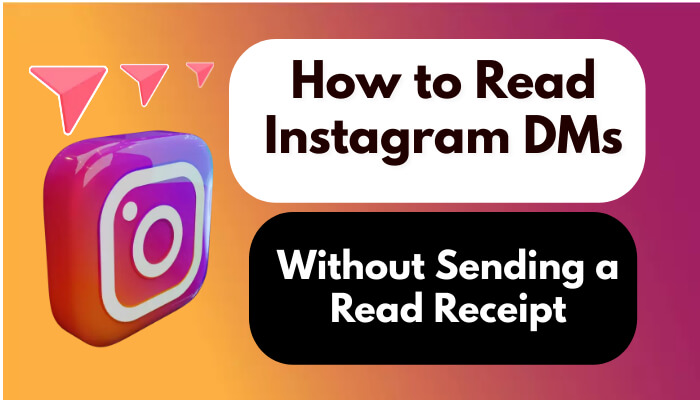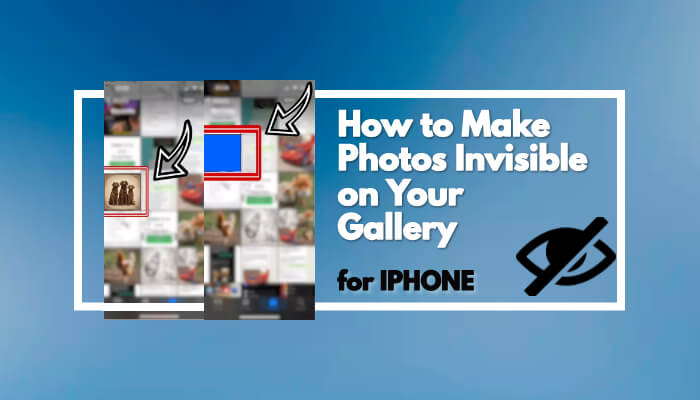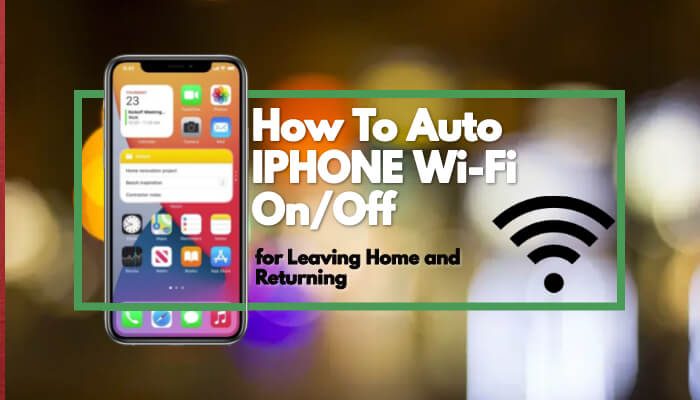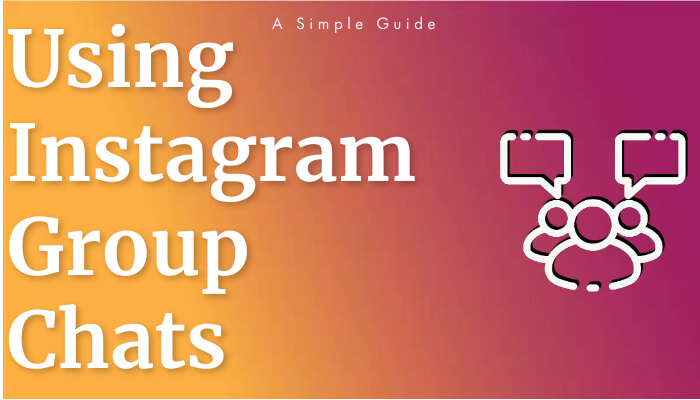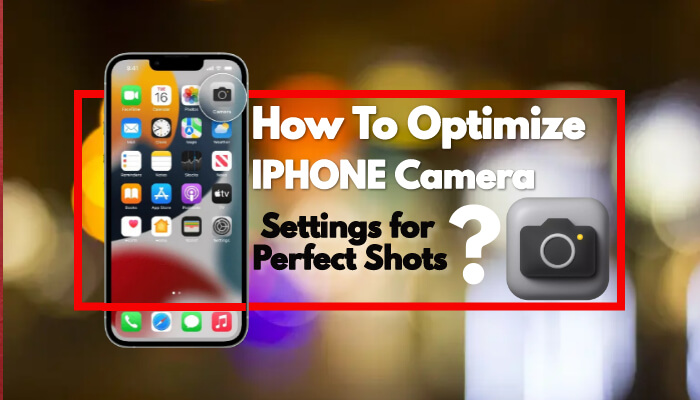
Google’s John Mueller says the search engine’s recommendation to keep up parity between AMP and canonical HTML pages does not apply to commercials.
This topic came up during the Google Search Vital SEARCH ENGINE OPTIMIZATION hangout recorded on March 26. A Site owner named Christian Kunz asks Mueller the next query:
“Is it an issue if the AMP model differs relatively from the canonical HTML model in that you have a small ad within the AMP version which is no longer within the HTML version?”
the rationale why he’s asking this question is because Google made it a demand in 2017 that AMP pages will need to have the similar content as their HTML counterparts.
Google introduced that rule in order to fight the issue of AMP pages getting used as “teaser” pages for the extra complete HTML web page.
Searchers would land on an AMP page, get a paragraph or two of content material, after which must click a hyperlink to view the full HTML page.
Considering The Fact That that’s not probably the most perfect user enjoy, Google made the ones forms of pages exempt from seek options that require AMP, reminiscent of the top Stories carousel.
The message become clear to webmasters: for those who’re going to use AMP, make sure the content suits the canonical HTML pages.
What does Google’s documentation say?
Here’s how Google phrases it in a blog put up:
“AMP used to be presented to dramatically support the efficiency of the internet and deliver a fast, constant content material consumption enjoy. In maintaining with this purpose, we’ll be implementing the requirement of close parity among AMP and canonical web page, for pages that want to be shown in Google Seek as AMPs.
Where we find that an AMP web page doesn’t contain the same critical content material as its non-AMP similar, we can direct our customers to the non-AMP page. This does not have an effect on Seek rating. Alternatively, these pages will not be regarded as for Search features that require AMP, corresponding to the top Stories carousel with AMP.”
How strict are those requirements? Does the whole lot, together with the advertisements, wish to match between each and every set of pages?
For the answer to that we flip to Mueller’s solution.
Google’s John Mueller on AMP Content Material Parity
Without Any clear route on whether or not Google’s requirement for content material parity among AMP and HTML pages applies to ads, a domain owner got here to Mueller asking if their AMP pages could include ad gadgets that aren’t provide at the HTML variations.
Right Here’s what Mueller says in reaction:
“That’s completely fine. The pages have to be similar, have to be the same content, similar roughly pictures, that more or less factor. However things like monetization, that can at all times vary.
and even inside of an ordinary HTML page you might want to have something like dynamic advertisements the place occasionally you've an ad unit there, and often over here. So the ones more or less changes utterly don’t topic.”
Now we all know it’s appropriate to show commercials on AMP pages that aren’t at the canonical HTML pages, and vice versa.
It’s value noting that Google’s Top Tales carousel will quickly be able to display more than simply AMP pages.
Whilst the Page Revel In replace rolls out in Would Possibly, Google says regular HTML pages may be eligible for the highest Tales carousel in the event that they meet the new Middle Web Vitals thresholds.
For the whole query and resolution, see the video under:
